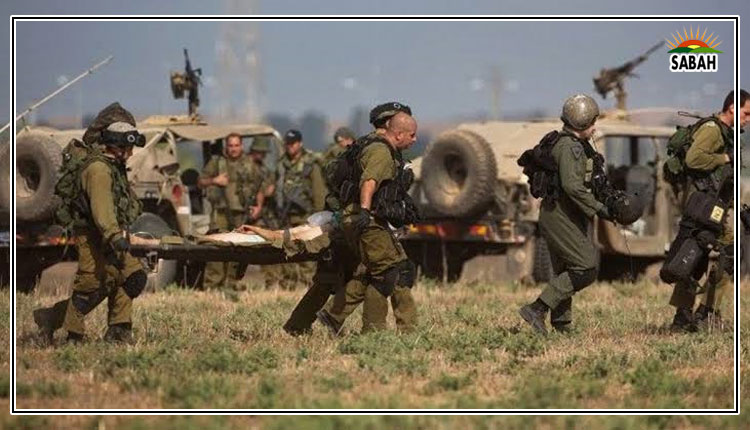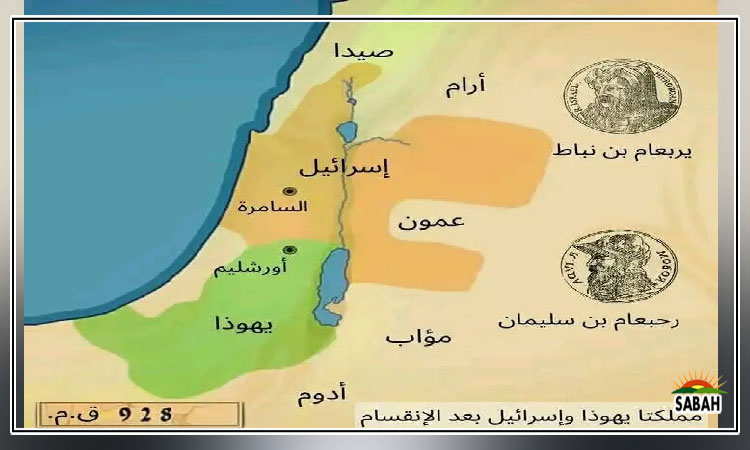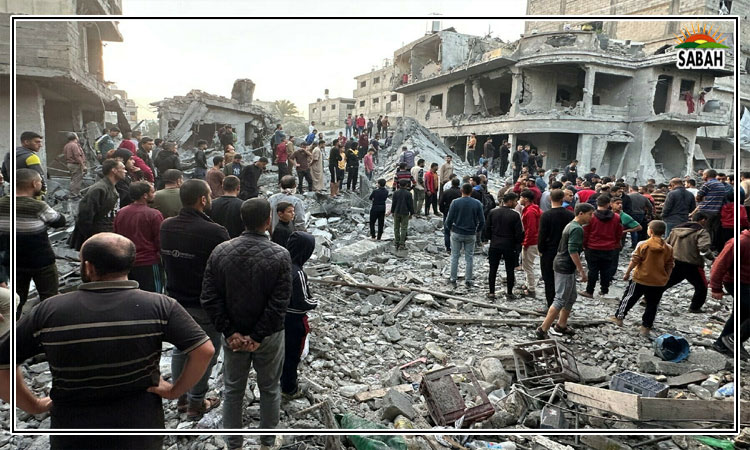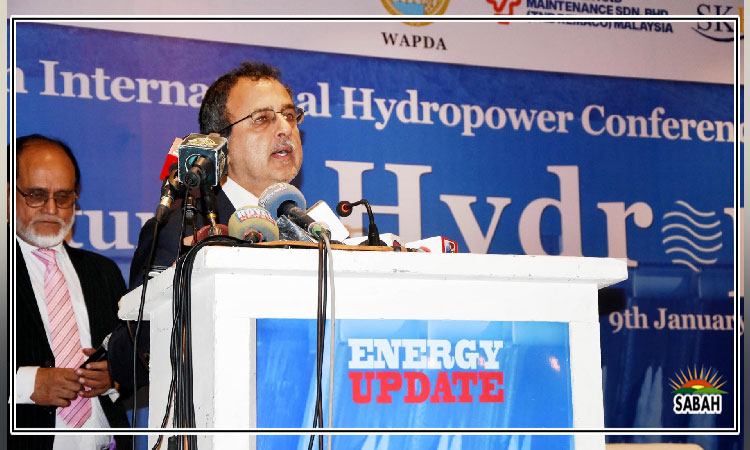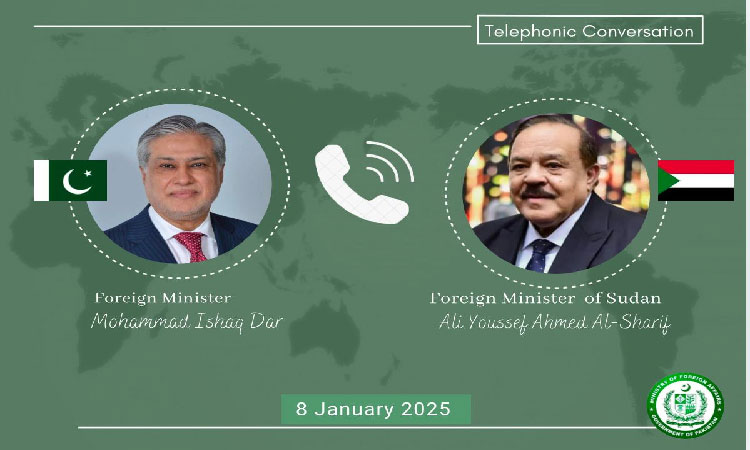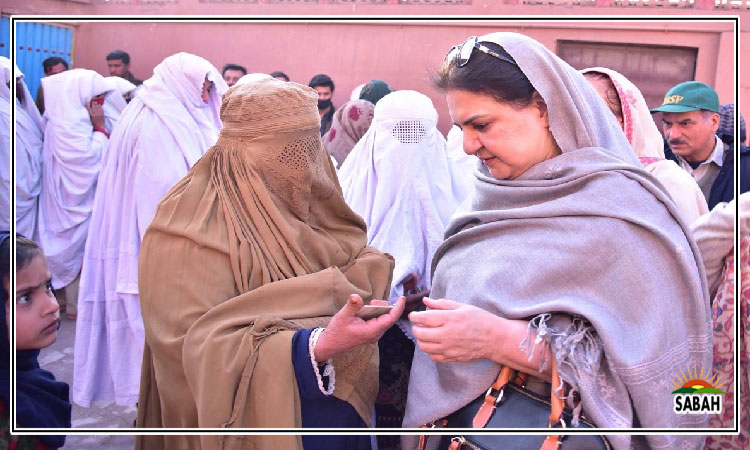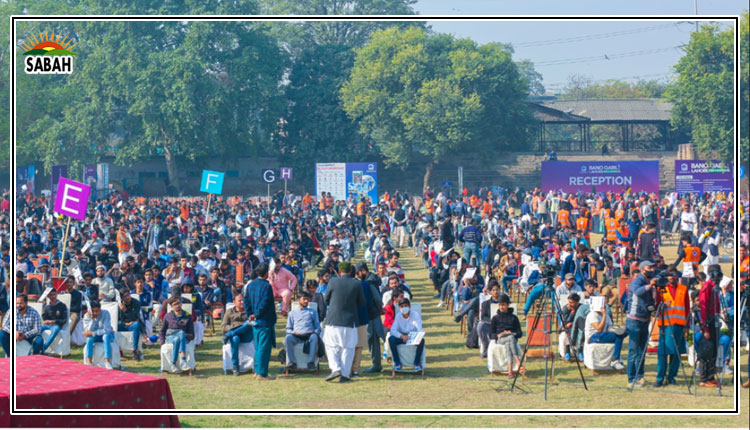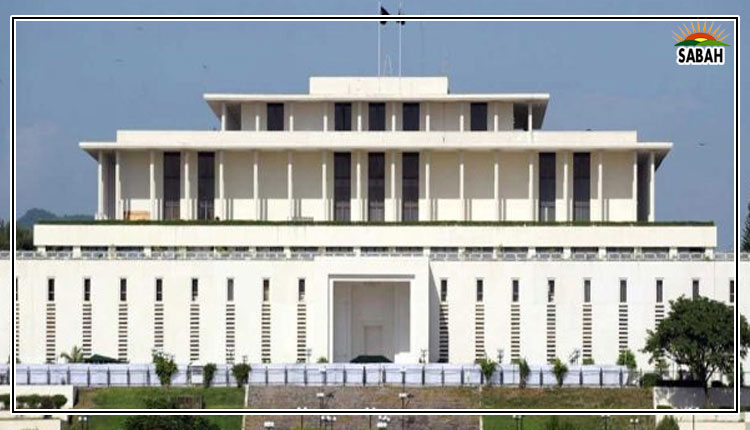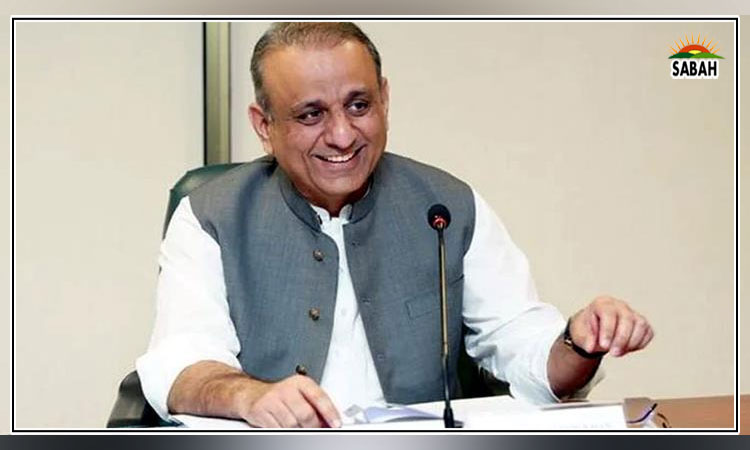Violence on borderlands…Arifa Noor
THE ongoing deportation of Afghan refugees from Pakistan has stirred a debate, within and without. But this is a debate which involves little nuance. Overall, this policy of the great push westwards is to be supported and cheered because in a country where we have perfected the art of othering even our own, there has been little effort to even understand outsiders, such as Afghan refugees who have been in and out of the country for decades now.
However without going into the details of the decision and its implementation this is not the first time the state has decided that its hospitality and generosity have run their course. A quick Google search shows similar decisions were made during the time of Gen Qamar Bajwa and earlier, when refugees were sent back after the APS attack. Our habit of using old scripts and tricks is not limited to politics. It extends to all fields, which is why textiles continue to be the sector which is expected to perform a miracle for exports and the economy.
To return to the issue, the deportation of refugees is a decision we return to again and again. We do so because it appears that security concerns drive decision-making. This time around, it was no different. The decision came after an uptick in terrorist attacks. More than one government functionary has been at pains to point out the involvement of Afghan nationals in terrorist attacks while others argue quietly that this is a way to put pressure on the government in Kabul.
Questions, however, have been raised about how effective this policy can be. Some wonder if a harsh drive to send people back will help improve the security situation while others ask if antagonising Kabul is the way forward. Others still have simply returned to the fall of Kabul, shaking their heads disapprovingly over Pakistans calculation of expecting happier times once the Taliban took over. But at the risk of inviting the wrath of many, I wonder why our raking up the past simply stops with the change of governments in Kabul. Why does it not compel us to debate or question a bit more?
For instance, it is hard for people such as myself who know little of military strategy or conflict to understand why the stupendous effort we put in to defeat the TTP in the northwest of the country seems, in hindsight, to have simply pushed them out of Pakistan into Afghanistan. With a change of regime in Afghanistan, the TTPs relative freedom there has led to a deteriorating security environment in Pakistan. Would it be fair to think we were wrong to announce the defeat or elimination of the TTP earlier? Frankly, it wasnt mission accomplished, was it?
Perhaps I fail to understand the complexity of the matter, unversed as I am in security issues. But it does remind me of a Sri Lankan friend, who, over a decade ago, said while speaking of how the insurgency in his country had been eliminated, that it would prove far more difficult for Pakistan. His country was an island while we had porous borders, he said.
I was sceptical of his argument and more confident of our own abilities, but he had a point it seems. As our caretaker government blows hot and hotter at Kabul, I wonder if we need to go back further in our introspection and ask if we should have treated this as a more complex issue than simply a military one. Before anyone points to the much-discussed but least-implemented NAP, it is noteworthy that with our third hybrid set-up in place, no one seems to be interested in implementing it. Perhaps because no one is convinced of NAP, and because as a state and society, political approaches to complex issues is a strategy we abandoned a long time ago. Indeed, as a society we have developed a consensus that organisations such as the TTP have to be eliminated through force.
However, it is important to take into consideration how such groups came around. For too long, not only did the state encourage radicalisation of ordinary citizens, it also managed large parts of Balochistan and KP through local strongmen and groups. It was perhaps cheaper to do this than incorporate these areas into the state structure, as were the mainland areas of Punjab. When some of them turned rogue, the solution was to use force to eliminate them and/or replace them with others. This is as true of the tribal areas of Balochistan as it was of former Fata. This is how the original distinction between good and bad Taliban came into being; because the state was and is so used to the cooperation of local strongmen.
However, what was not addressed was the larger, illegal economic network in which these people operated which also illicitly involves some administrative arms of the state or the issue of extending a more normal state apparatus in the shape of law enforcement, a judicial system, etc. The economy in the peripheries continued to run along the bad old ways. This continues to be the case, even after the military operations.
As a result, each time there is anger or consternation at an attack, the reaction is a crackdown, which ends up punishing people whose livelihood is dependent on the economic activity on both sides of the border. However, there is little debate on why this entire ecosystem, so to speak, exists in the first place, and whether or not it can be eliminated through the use of force and administrative actions. It is simply easier to turn entire regions into no-go areas and control the flow of information from there, so those living on the mainland can pretend the only problem we face is one of violence by terrorists and that if we can somehow kill them or throw them out of the country, Pakistan can go back to happier times. But the day we realise the real culprit is the war economy running in these areas, we will come closer to finding solutions.
Courtesy Dawn


